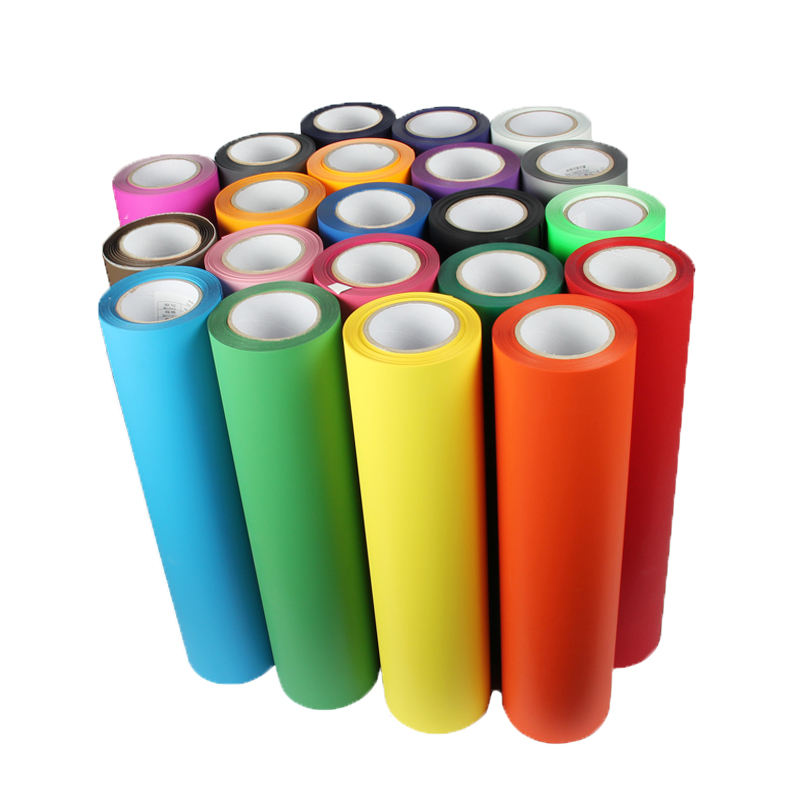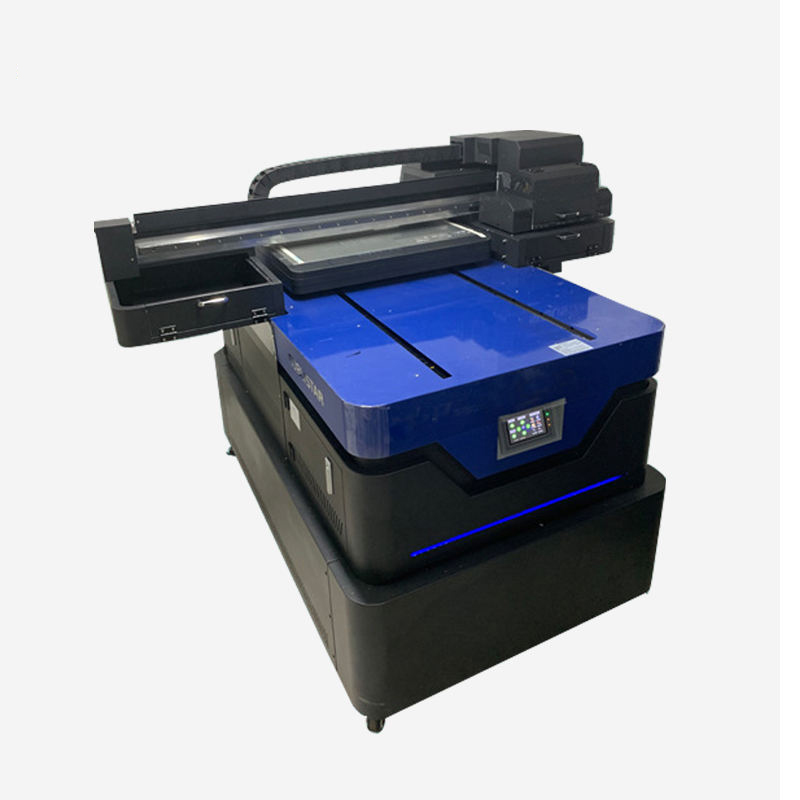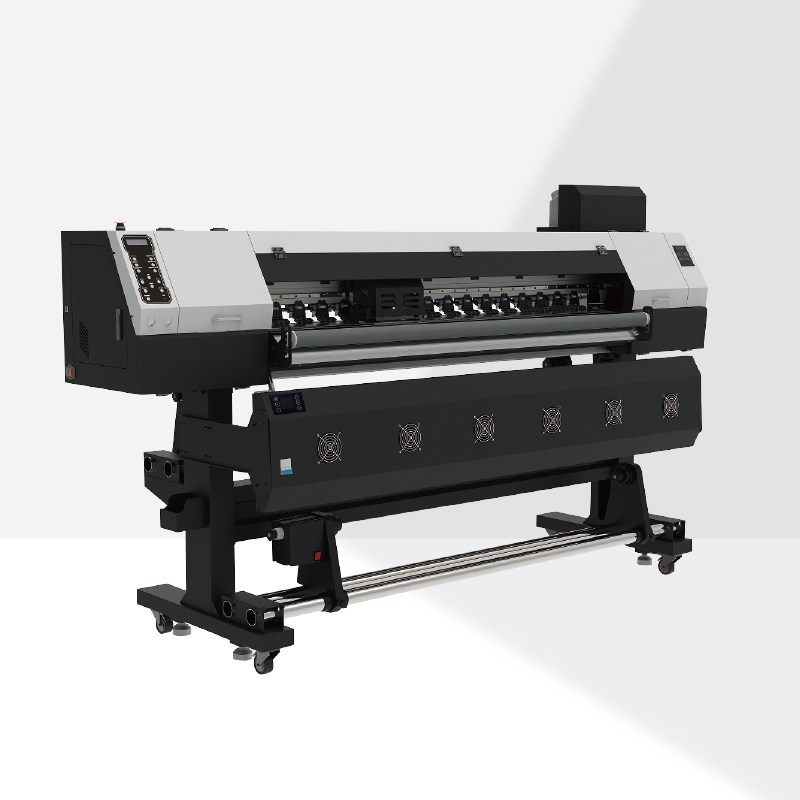High-Quality PU Vinyl from Kenteer
Kenteer’s PU Heat Transfer Vinyl Q1-1 is built for performance. It is created using high-quality polyurethane materials. This makes it soft, stretchable, and durable. The vinyl is ideal for professionals in the textile printing industry.
It comes in 22 vibrant colors and is sized at 50cm by 25m per roll. Whether for clothing brands or custom print shops, this vinyl offers consistent results.
Ideal for Fabric and Leather
The vinyl is engineered for excellent transfer results on many materials. It can be applied on cotton, blends, textiles, leather, and more.
This makes it a top choice for custom garment vinyl suppliers and apparel decoration material wholesalers.
Even complex logos and detailed patterns can be transferred with precision.

Simple and Fast Application
With a transfer time of 10-15 seconds and a temperature of 150-160°C, jobs are completed quickly. Cold peeling ensures a clean finish with no residue.
It has passed 40-50 washing cycles, proving its long-term reliability. This quality makes it trusted in the heat transfer vinyl wholesale industry.
Perfect for Bulk Orders
Each roll is ready for bulk purchase and fast shipment. Kenteer offers 3~5 day delivery and free samples.
This helps bulk PU heat vinyl buyers evaluate product quality before placing large orders.
Businesses that require large-scale production can benefit from this efficient supply model.
Why Choose Kenteer PU Vinyl
Kenteer’s experience in vinyl production ensures excellent craftsmanship. We serve businesses looking for consistency, bright colors, and smooth transfer.
The vinyl’s strength makes it ideal for daily wear garments. It's an ideal choice for sportswear, uniforms, and fashion prints.
Kenteer supports brands with stable product quality and reliable delivery.
Support and Customization
Our team is ready to help with product details and technical support. Free samples are provided to support your evaluation.
This allows custom garment vinyl suppliers to test vinyl performance before bulk commitment.
Kenteer is focused on building lasting B2B relationships with fabric decoration experts.









